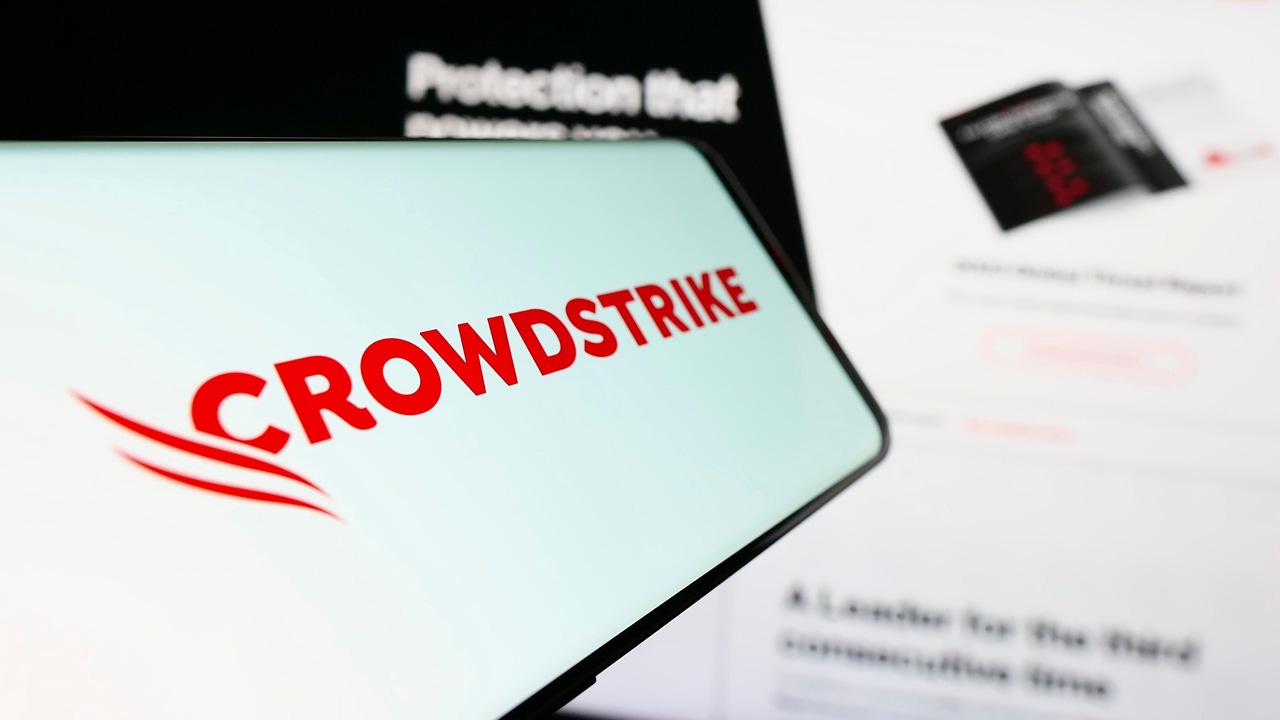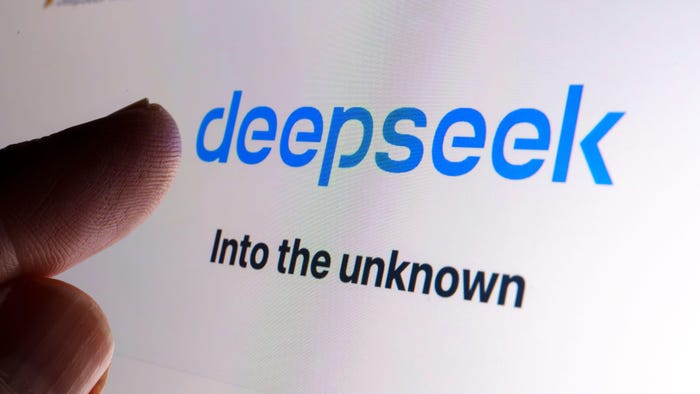CrowdStrike 'Updates' Deliver Malware & More as Attacks SnowballCrowdStrike 'Updates' Deliver Malware & More as Attacks Snowball
The fake updates are part of a phishing and fraud surge that is both more voluminous and more targeted that the usual activity around national news stories.
July 25, 2024

Scam alert: Cybercriminals are using last week's CrowdStrike outage as a vehicle for social engineering attacks against the security vendor's customers.
In the hours after the event that grounded planes, shuttered stores, closed down medical facilities, and more, national cybersecurity agencies in the US, UK, Canada, and Australia all reported follow-on phishing activity by petty criminals. That much is to be expected after any national news event. But, says BforeAI CEO Luigi Lenguito, these post-CrowdStrike attacks are both more copious and more targeted than those typically seen after major media stories.
For reference, "in the attack last week on Trump, we saw a spike on the first day of 200 [related cyber threats] and then it flattened to 40, 50 a day," he says. "Here, you're looking at a spike that is three times as big. We're seeing about 150 to 300 attacks per day. I would say this is not the normal volume for news-related attacks."
Profile of a CrowdStrike-Themed Scam
"The philosophy is: We have these large corporations' users who are lost, because their computers cannot connect to the mothership, and now they're trying to get connected. It's a perfect opportunity for cybercriminals to get back into these networks," Lenguito explains.
This makes CrowdStrike-themed phishing attacks characteristically different from, say, Trump assassination-themed ones. They're much more targeted — aimed at organizations affected by the outage — and potential victims are more technically adept and educated in cybersecurity than your average bear.
To convince those people to let them in, attackers have been masquerading as either the company itself, related technical support, or competing companies with their own "offerings."
The evidence lies in phishing and typosquatting domains registered in recent days, like crowdstrikefix[.]com, crowdstrikeupdate[.]com, and www.microsoftcrowdstrike[.]com. One security researcher identified more than 2,000 such domains that have been generated thus far.
These domains might be used to distribute malware, like the ZIP file pretending to be a hotfix which was uploaded to a malware scanning service last weekend. The ZIP contained HijackLoader (aka IDAT Loader), which in turn loaded the RemCos RAT. The file was first reported from Mexico, and it contained Spanish-language filenames, indicating that the campaign likely targeted CrowdStrike customers in Latin America.
In another case, attackers distributed a CrowdStrike-themed phishing email with a crudely designed PDF attachment. Inside the PDF was a link to download a ZIP attachment with an executable inside. Once launched, the executable asked the victim for permission to install an update. The update, though, was a wiper. The pro-Hamas hacktivist group "Handala" took responsibility, claiming that "dozens" of Israeli organizations had lost several terabytes of data as a result.
However the threats might arrive, Lenguito says, organizations can protect themselves by using blocklists, protective DNS tools, and by avoiding tech support from anywhere other than CrowdStrike's own website and customer service channels.
Or, perhaps, they can just wait it out. "We're still early, right? We'll probably see it taper over the coming weeks. Generally, what we see is these campaigns have a tendency to last two to three weeks," he says.
About the Author
You May Also Like
Uncovering Threats to Your Mainframe & How to Keep Host Access Secure
Feb 13, 2025Securing the Remote Workforce
Feb 20, 2025Emerging Technologies and Their Impact on CISO Strategies
Feb 25, 2025How CISOs Navigate the Regulatory and Compliance Maze
Feb 26, 2025Where Does Outsourcing Make Sense for Your Organization?
Feb 27, 2025


_Brain_light_Alamy.jpg?width=700&auto=webp&quality=80&disable=upscale)

